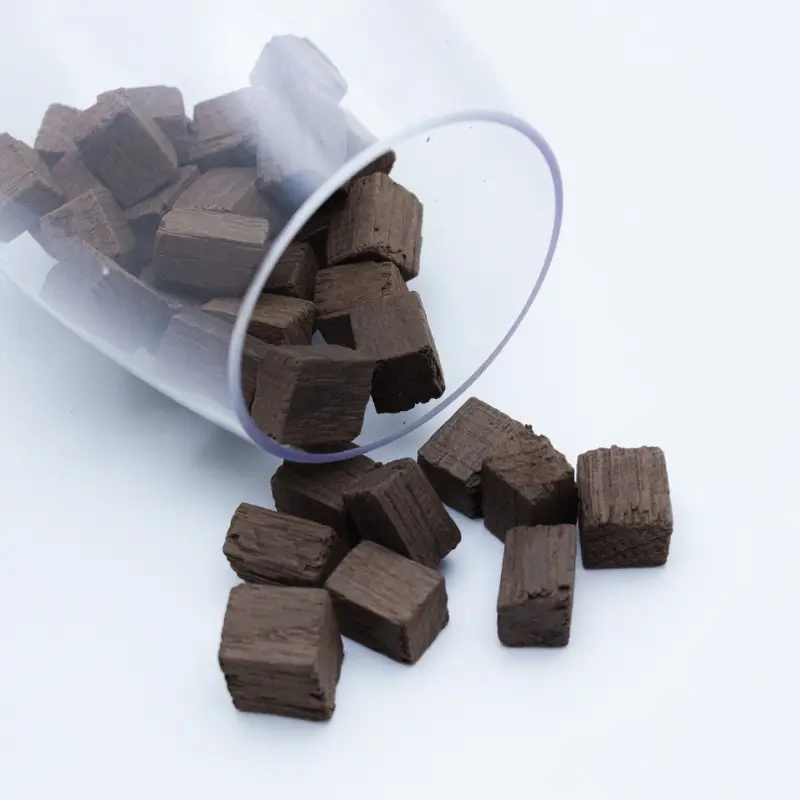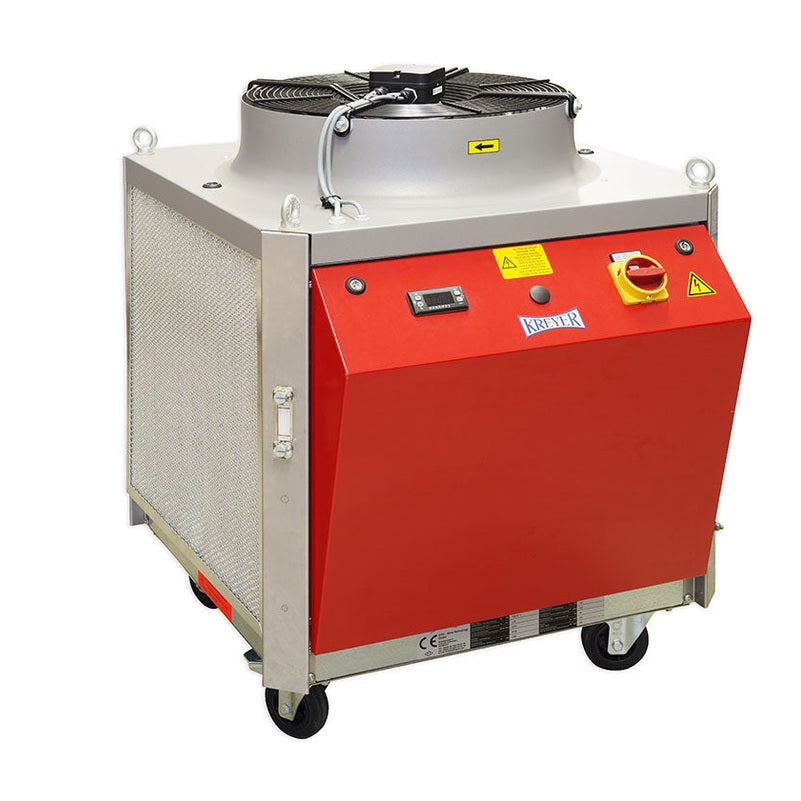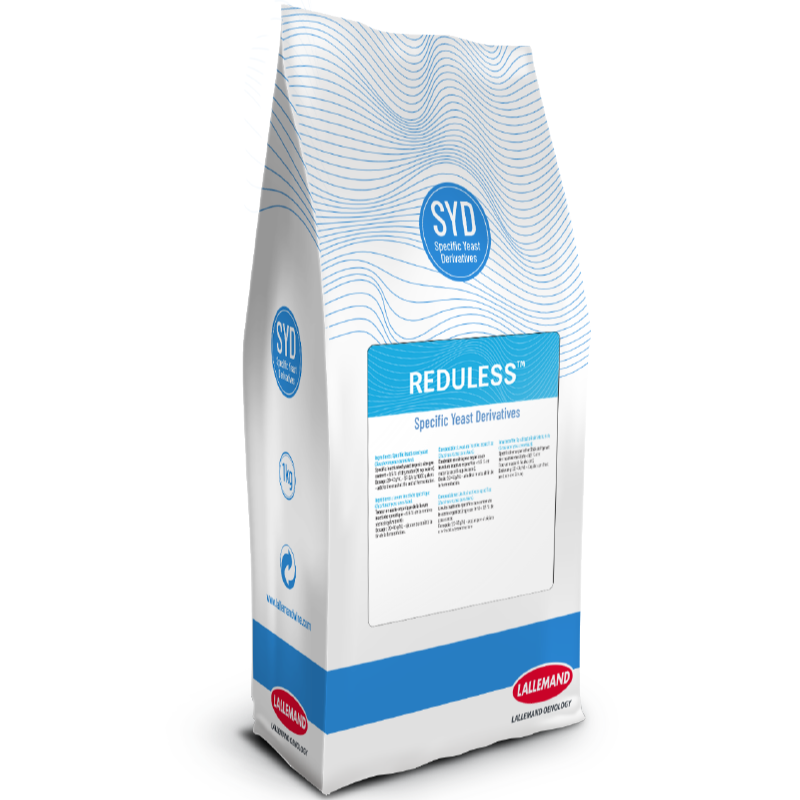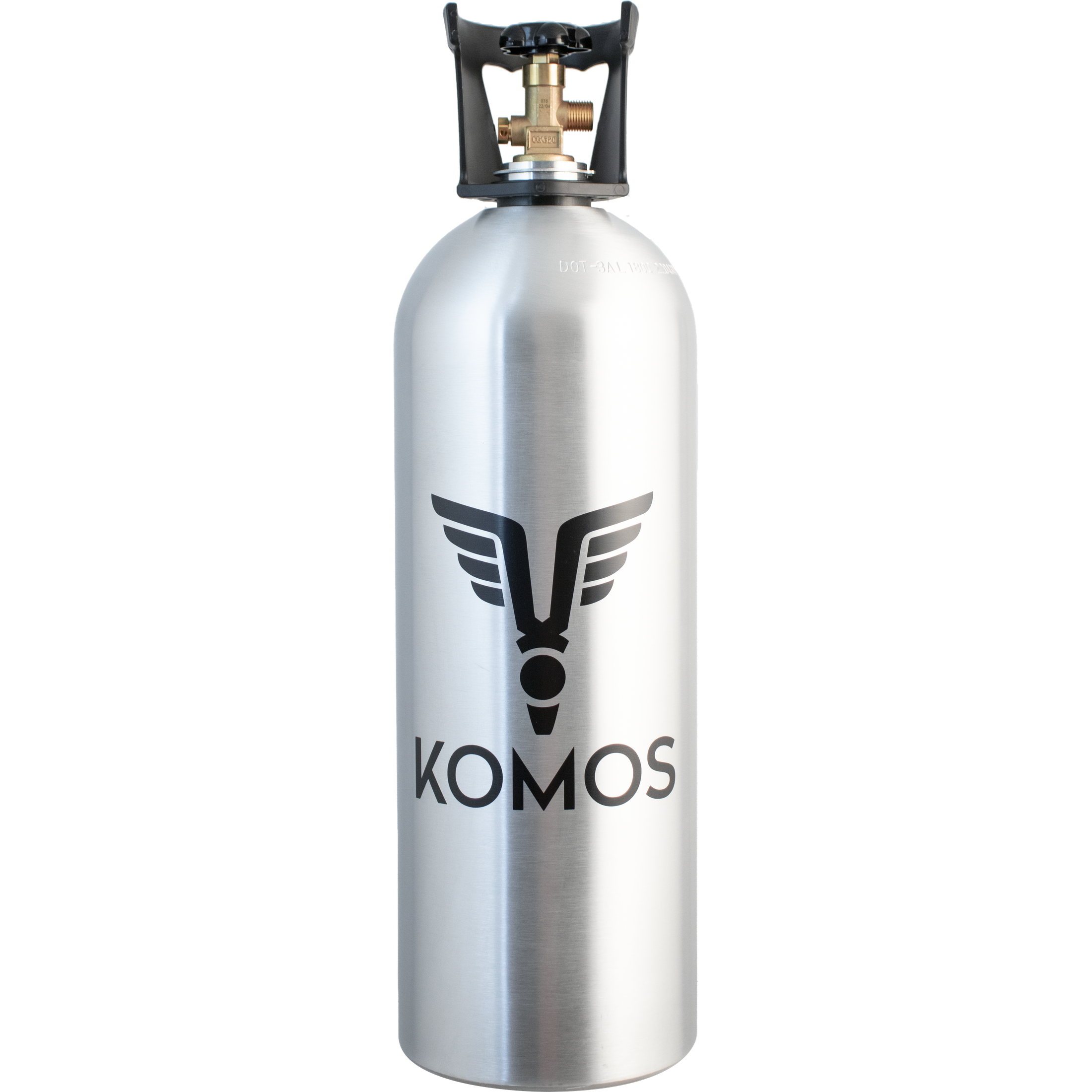Articles
Aging bottling Fermentation Filter Growing Grapes Malolactic Pressing Pumps Red Wine so2 Testing White Wine Wine
-

How Much Oak to Add to Wine (Calculator + Guide)
Adding oak to a wine is like adding spice to a dish. The right amount can elevate it, adding complexity, structure, and beautiful notes of...
-

Wine Storage Temperature: Best Practices for Aging Homemade Wine
You've successfully guided your wine through fermentation, pressing, and the initial stages of aging. Now comes the most patient part of the process: cellaring. During...
-

Preventing and Treating H2S (Rotten Egg Smell) in Wine
You lean in to smell your beautifully colored red wine, and instead of fruit and spice, you're hit with the unmistakable, unpleasant aroma of rotten...
-

How to Fix Oxidized Wine (And How to Prevent It)
You open a bottle of your homemade red wine, pour a glass, and something is wrong. The color is dull and brownish, the vibrant fruit...
-

Stuck Fermentation in Wine: Causes and Solutions
There are few moments more stressful for a home winemaker than checking on your bubbling, active fermentation only to find that it has gone completely...
-

Fermaid-K vs. DAP: Choosing the Right Wine Yeast Nutrient
A healthy fermentation is about more than just yeast and sugar. Like any living organism, your yeast needs a balanced diet of vitamins, minerals, and...
-

Racking Wine: When and How to Transfer for a Clearer Wine
Racking is the simple, yet essential, process of transferring wine from one vessel to another, leaving the sediment behind. It is one of the most...
-

Wine Aging in Carboys vs. Barrels: What You Need to Know
Once fermentation is complete and your young wine has been pressed, it enters the most patient and transformative phase of its life: aging. The French...
-

Grape Must Adjustment: A Guide to Balancing Brix, pH, and TA
The journey to a great bottle of wine begins long before the yeast is pitched. The very first—and most critical—step is ensuring your grape must...
-

How to Conduct Wine Bench Trials: A Winemaker's Guide
In winemaking, precision matters. Adding too much of an acid, tannin, or fining agent can't be undone and can drastically alter the balance of your...
-

A Guide to Wine Fermentation Temperature Control
Of all the variables a winemaker can control, temperature is one of the most critical. The temperature at which your wine ferments has a profound...
-

Punching the Cap: Why and How to Manage Red Wine Fermentation
As your red wine begins to ferment, a thick, dense mass of grape skins, seeds, and pulp will rise to the surface, pushed up by...
-

Pressing Red Wine: Timing, Techniques, and Equipment
After days of bubbling fermentation, the moment has come for one of the most transformative steps in winemaking: pressing. This is where you finally separate...
-

Wine Fining and Filtration: Clarifying Your Homemade Wine
After months of careful fermentation and aging, your wine is almost ready. It has developed complex flavors and aromas, but it might not have that...
-

How to Adjust Wine Acidity: TA and pH Management
Beyond the fruit flavor and alcohol, the single most important structural component in your wine is acidity. It's the element that makes wine refreshing, vibrant,...















